Posted on 7/30/2023
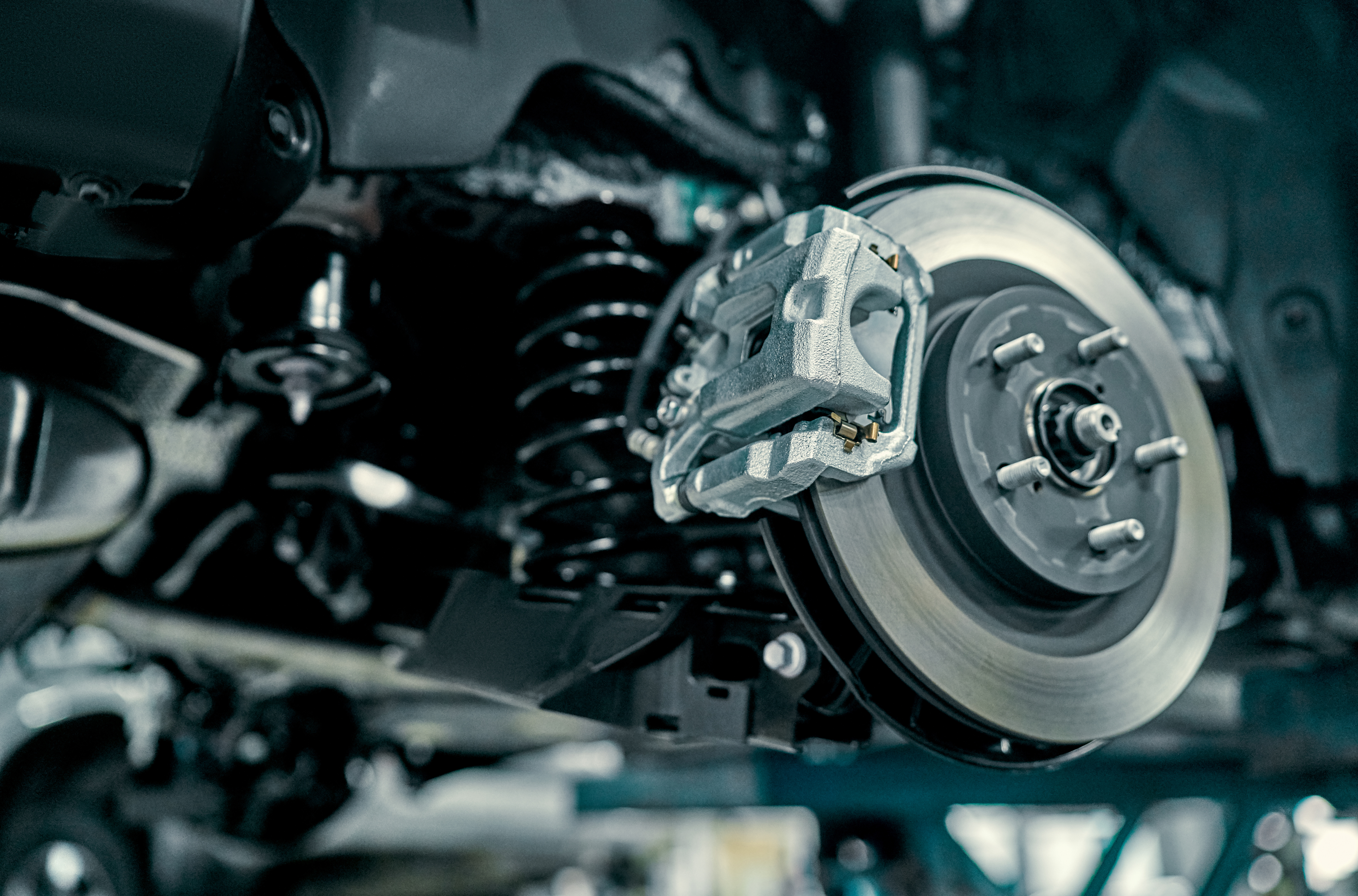
Are you hearing strange noises when you step on the brakes? Or perhaps you've noticed a decrease in your vehicle's stopping power? Your brakes are an essential component of your vehicle's safety system, and it's crucial to keep them in good working condition. Knowing when it's time to replace your brakes can help you avoid potential accidents and costly repairs. In this blog post, we will explore the top 10 signs that indicate your brakes may need to be replaced. By paying attention to these warning signs, you can ensure your vehicle's braking system remains reliable and keep yourself and others safe on the road. Here are the top 10 signs that your brakes need to be replaced: Squeaking or grinding noise: This is the most common sign that your brakes need to be replaced. If you hear a high-pitched squeaking or grinding noise when you apply the brakes, it's time to have them checked. Pulling to one side: If your car pulls ... read more
Posted on 6/7/2023
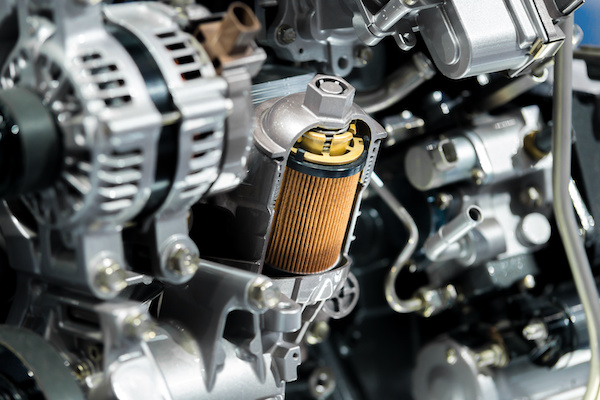
Often hidden from view, fuel filters play a vital role in the fuel delivery system of every vehicle. Like silent guardians, these filters diligently protect the fuel pump, fuel injectors, and engine from the infiltration of dirt, rust, scale, and other unwanted impurities. However, due to the dirty nature of their job, fuel filters are susceptible to clogging with dirt and grime over time. Recognizing the warning signs and taking prompt action becomes paramount in such cases. Here are signs to be on the lookout for: 1. Trouble Starting the Engine Difficulty starting the car's engine is typically the primary indication of a clogged fuel filter. When the filter is blocked, it restricts the fuel from reaching the engine, causing extended cranking periods before the engine eventually starts. On the other hand, when a fuel filter becomes fully clogged, it will reach a point of complete failure, rendering the engine unable to start at all. 2. Reduced Engine Performan ... read more
Posted on 5/30/2023
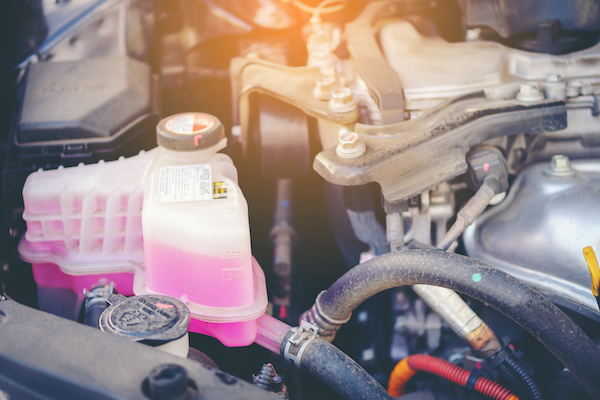
The California sun can be a real scorcher, and your vehicle's cooling system is responsible for keeping your engine from overheating. The cooling system consists of a radiator, water pump, thermostat, and hoses, all working together to maintain your engine's optimal operating temperature. If any part of the cooling system fails, your car could overheat and cause serious damage to the engine. Here are some tips for maintaining your vehicle's cooling system. Check the coolant level often: The coolant level should be looked at least once a month, especially during hot weather. The coolant level should be between the minimum and maximum marks on the reservoir. If the level is low, add a 50-50 blend of coolant and water. Inspect the radiator hoses: Look for cracks, leaks, and soft spots on the hoses. If the hoses feel soft or mushy, it's t ... read more
Posted on 4/29/2023
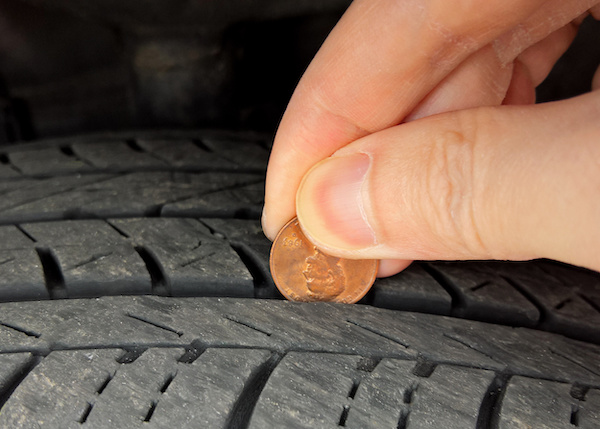
Driving on worn-out tires can be incredibly dangerous and can affect your vehicle's performance, handling, and fuel efficiency. Tire tread is essential in providing traction on the road, especially in wet and slippery conditions. This is a friendly reminder from your friends at The Model Garage to check your tires' tread depth if you haven't done so in a while. And if they are too low, it may be time to replace your tires. One easy and cost-effective way to check your tire tread depth is by performing the penny test. Here's how to do the penny test: Get a penny and hold it so that Lincoln's head is facing down. Insert the penny into the groove of the tire tread. Make sure to insert it into the lowest point of the groove. Look at the penny and check how much of Lincoln's head is visible. If you can see the top of Lincoln's head, it's time to replace your tires. The penny test is a quick and easy way to determine if your tire tread is still safe for ... read more
Posted on 3/30/2023

Windshield wipers and windshield fluid are two essential components of your car that ensure visibility and safety while driving. Windshield wipers are responsible for clearing rain, snow, dirt, and debris off the windshield, while windshield fluid helps to lubricate the windshield and remove stubborn grime. To keep your windshield wipers and windshield fluid in good condition, you should understand how they work and how to maintain them. Windshield Wipers There are two main types of windshield wipers: traditional frame-style wipers and newer beam-style wipers. Frame-style wipers are the most common and consist of a metal frame that holds a rubber blade. Beam-style wipers, on the other hand, have a curved metal blade that conforms to the windshield's shape. Here are the top signs that it's time to replace your windshield wipers: Streaks or Smears: If your windshield wipers are leaving streaks or smears on the windshield, it's time to replace them. ... read more
Posted on 2/28/2023

Defensive driving is a style of driving that focuses on being proactive, rather than reactive, when behind the wheel. It’s a way of approaching driving that puts safety first, and it’s important for every driver to learn and understand the basics of defensive driving. Here are some tips for driving defensively: Keep a Safe Following Distance: A good rule of thumb is to keep a following distance of at least three seconds behind the vehicle in front of you. This allows you time to react if the vehicle in front of you stops suddenly. Always be Alert: Stay alert while driving, especially on long trips. Fatigue can be a major contributor to accidents, so if you start to feel drowsy, pull over and take a break. Scan the Road Ahead: Look ahead for potential hazards, such as cars merging into your lane or slow-moving vehicles. Anticipating these situations can give you time to adjust your speed and position to avoid them. Keep Both Hands on the Wheel: Keeping both hands on the ... read more
Posted on 1/30/2023

Is your vehicle veering left and right, or do you simply struggle to get your car to drive straight? If so, your vehicle’s wheel alignment may be off. The angle at which your tires meet the road can drastically affect the steerability and handling of your car. Furthermore, poor alignment can compromise your braking and suspension performance. To ensure your car runs in peak condition, we advise you to have your wheel alignment checked often. Here are 5 symptoms that indicate you’re due for a wheel alignment: Veering Left or Right - Typically, when driving on a straight and smooth road, your vehicle will drive straight naturally on its own. However, if your vehicle swerves left or right, you should have your alignment checked ASAP. Vibrating Steering Wheel - Misaligned wheels can put stress on your steering wheel. It may vibrate or shake. Off-Centered Steering Wheel - Another symptom that your steering wheel may exemplify is the inability to be st ... read more
Posted on 12/20/2022
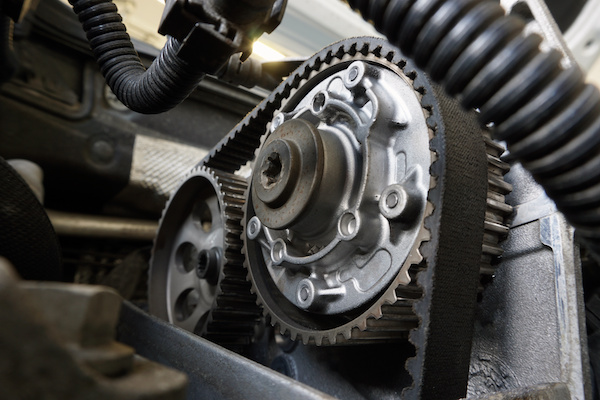
The timing belt is one of the most essential components of the engine system. Besides regular inspections, it requires little to no maintenance. The timing belt is a ribbed, rubber belt that connects the crankshaft and camshaft of your engine. It ensures that the cylinder and valves move synchronously to ensure the combustion process goes smoothly. Does Every Vehicle Have a Timing Belt? Most vehicles made in the 2000s or before that have a timing belt. Whereas, most vehicles on the road now have a timing chain instead. The metal chain is more durable and can sometimes last the life of an engine, which is why timing belts are slowly phasing out. If you aren’t sure which one your vehicle has, feel free to look in your vehicle’s handbook to see what is keeping your engine running. When Should I Replace the Timing Belt? Most automakers will specify a mileage interval for when you should replace your timing belt. This is usually between 60,000-100,000 miles. How ... read more
Posted on 11/4/2022
.jpeg)
A shaky steering wheel isn’t just uncomfortable to deal with, but it can be extremely unsafe. This is a tell-tale sign of something wrong with your vehicle, so be sure to bring your car to the local experts at The Model garage in Berkeley, CA as soon as possible. Various car problems are linked to a vibrating steering wheel, and some of them might surprise you. Next time you get the feeling, be sure to look at the timing, any sounds, or the current state of your car. It can help you and your technician diagnose it quicker, later on. 1. Unbalanced Tires One of the most common symptoms of unbalanced tires is an unstable steering wheel. If your tires are the problem, you will feel it in the steering wheel since they are close in proximity. If this were the case, you would notice the shakiness worsening as you accelerate. It will rarely occur when you drive slower than 50mph. To prevent this instability, be sure to keep up with your tire maintenance service. The professional team ... read more
Posted on 10/24/2022
.jpeg)
Brakes are perhaps the most integral components of your vehicle. They keep you, your car, passengers, and other road users safe by allowing you to stop in a blink of an eye. So, if you experience trouble stopping your car in a dime, it might be time to replace your brake pads and rotors. Brake rotors are among the most critical and durable components of the braking system. They are strong, round metal wheels located inside your car tire and attached to the entire system. The brake calipers squeeze the rotors creating massive friction that ultimately brings your car to a quick stop. Well, with continuous use and the incredible friction involved, the rotors are bound to wear out. As a rule of thumb, you should have your brake rotors replaced every 50,000 to 70,000 miles and 10,000 to 20,000 miles for the brake pads to keep your braking system in perfect condition. Factors Affecting Brake Rotor Wear The type of brake rotor Your driving style and conditions The quality of your brake p ... read more